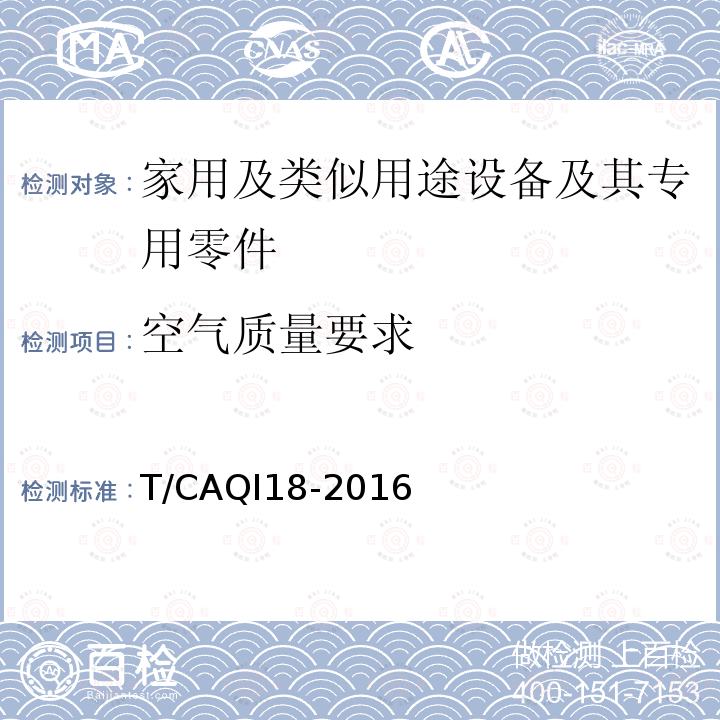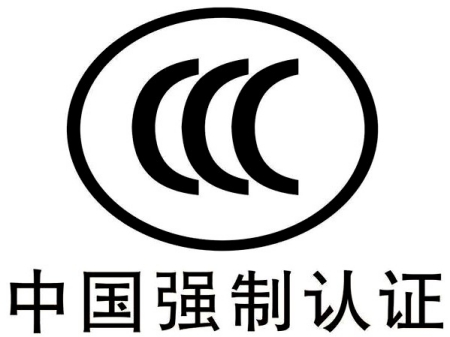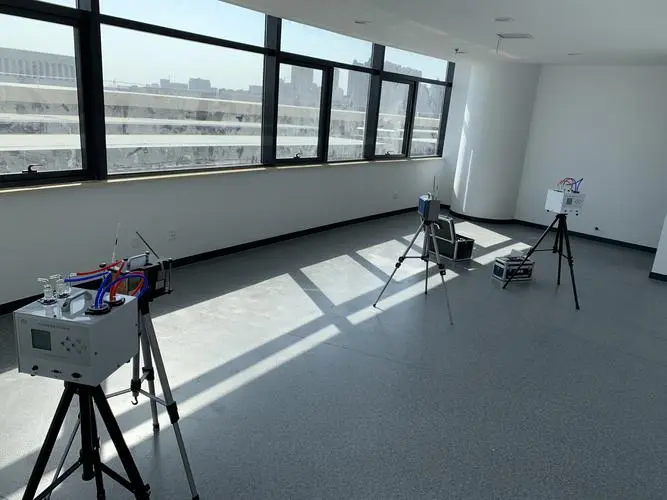How to test air quality in the home
The quality of the air you breathe can contribute to health problems like asthma and allergies. And it’s not just outdoor air quality that exposes us to pollutants. The World Health Organization (WHO) says 9 out of 10 people worldwide regularly breathe polluted air. And as many as 93% of children under 18 are living in environments with pollution concentrations that exceed WHO safe air quality guidelines.¹
You can’t always control the pollution outside, but you can ensure better health for your family by improving indoor air quality. That starts by identifying levels of indoor contaminants and finding ways to restore good air.
Take the following steps to create a healthier indoor environment where your whole family breathes a little easier.
1. Purchase an indoor air quality monitor.
2. Evaluate health symptoms.
3. Monitor carbon monoxide and radon levels.
4. Get an air purifier.
5. Call an air quality professional.
你呼吸的空气质量会导致哮喘和过敏等健康问题。不仅是室外空气质量让我们暴露在污染物中。世界卫生组织(WHO)表示,全世界每10人中就有9人经常呼吸污染的空气。多达93%的18岁以下儿童生活在污染浓度超过世卫组织安全空气质量指南的环境中。
你不能总是控制室外的污染,但你可以通过改善室内空气质量来保证家人更健康。**要确定室内污染物的水平,找到恢复良好空气的方法。
采取以下步骤,创造一个更健康的室内环境,才能让你的全家人呼吸都更轻松。
购买一个室内空气质量监测仪。
评估健康症状。
监测一氧化碳和氡水平。
买个空气净化器
找空气质量专业人士。
Purchase an Indoor Air Quality Monitor
If you’re experiencing symptoms you suspect are related to indoor air quality, getting an air quality monitor is an inexpensive way to pinpoint the problem. By monitoring levels of indoor air pollution, you can take steps to get fresh air back into your home, and hopefully, a little peace of mind with it.
Which contaminants or pollutants should an air quality monitor measure?
Look for air quality sensors that provide the following air quality measurements.
· Humidity: Indicates potential for mold growth.
· Temperature
· VOC (Volatile Organic Compounds): These are chemical pollutants identified by the EPA as potential sources of indoor air quality problems and come from building materials, carpeting, etc. ²
· Levels of particulate matter (PM 2.5): This is the level of dust and other allergens present in the air.
· AQI (Air Quality Index): A measurement of air quality the EPA uses to determine the risk of health problems associated with indoor and outdoor pollution.³
Some air quality monitors provide additional information like outdoor air quality and levels of carbon dioxide or carbon monoxide. However, the factors listed above are the most critical measurements for an air quality monitoring station to capture.
购买室内空气质量监测仪
如果你正在经历你怀疑与室内空气质量有关的症状,获得空气质量监测器是一个廉价的方法来找出问题。通过监测室内空气污染水平,你可以采取措施,让新鲜空气回到你的家,并希望,一个小安心与它。
空气质量监测应该测量哪些污染物或污染物?
寻找空气质量传感器提供以下空气质量测量。
湿度:指示霉菌生长的潜力。
温度
挥发性有机化合物:这些化学污染物被EPA确定为室内空气质量问题的潜在来源,来自建筑材料、地毯等。2
颗粒物(PM2.5)水平:这是空气中灰尘和其他过敏原的水平。
美国环保局用来测量空气质量,以确定与室内和室外污染有关的健康问题风险。
一些空气质量监测器提供额外信息,如室外空气质量和二氧化碳或一氧化碳水平。然而,上面列出的因素是空气质量监测站需要捕捉的*关键的测量。
Once you’ve gotten a readout on your baseline air quality, it may be helpful to track health symptoms for a few weeks. Try to see if you can align them to a particular area or a specific time of day. For instance, if you experience congestion and a headache only while at the office, your home air quality may not be the culprit.
The kinds of symptoms you’re experiencing may also provide clues about the source of the problem. Nausea and confusion track more closely to symptoms of dangerous levels of carbon monoxide in the home. A scratchy throat or watery eyes are more often signs of an allergic reaction to potential pollutants.
一旦你得到了你的基本空气质量的读数,它可能会有助于跟踪健康症状几个星期。试着看看你是否能将它们与**中的特定区域或特定时间对齐。例如,如果你只在办公室里感受到拥堵和头痛,你家的空气质量可能不是罪魁祸首。
你所经历的各种症状也可以提供问题根源的线索。恶心和混乱更接近于家庭中一氧化碳危险水平的症状。喉咙发痒或眼睛水汪汪的更多的是对潜在污染物过敏反应的迹象。
Monitor Carbon Monoxide and Radon Levels
Two of the most dangerous substances that can affect indoor air quality are carbon monoxide and radon. Carbon monoxide, often referred to as “the silent killer,” is an odorless, colorless gas that can build to dangerous levels in poorly ventilated areas.? Because of the danger to pets, the elderly, and children, we recommend carbon monoxide monitoring on all levels of the home. Review our recommendations for the best carbon monoxide detectors to determine which one is the right fit for your family.
The Environmental Protection Agency (EPA) says long-term exposure to radon is the second-leading cause of lung cancer in the United States.? If radon levels are detected in your home, you should seek out professional help immediately.
Get an Air Purifier
Once you’ve identified potential air quality problems in your home, an air purifier may be able to address some of your concerns. Air purifiers help asthma and allergy sufferers by removing particulate matter from the air.
Air purifiers clean the air with two methods. One is to release negatively charged ions, which makes pollutants stick to surrounding surfaces. The other method is to use HEPA filters to screen and collect particulates from the air.
Some air purifiers promise to do fantastic things that are backed by dubious scientific-sounding terms. To avoid getting duped by fancy-sounding jargon, check out our guide to the best air purifiers for devices that make a difference in home air quality.
影响室内空气质量的两种*危险的物质是一氧化碳和氡。一氧化碳,通常被称为“沉默的杀手”,是一种无色无味的气体,在空气不流通的地方会达到危险的程度。由于对宠物、老人和儿童的危险性,我们建议在家中的各个层面都进行一氧化炭监测。回顾我们对*好的一氧化碳探测器的推荐,以确定哪一个是*适合您的家庭。
美国环境保护署(EPA)表示,长期暴露在氡中是导致美国肺癌的第二大原因。如果在家中发现氡水平,应立即寻求专业帮助。
一旦你发现了家中潜在的空气质量问题,空气净化器或许能解决你的一些担忧。空气净化器通过去除空气中的颗粒物质来帮助哮喘和过敏症患者。
空气净化器净化空气有两种方法。一种是释放带负电荷的离子,使污染物附着在周围的表面上。另一种方法是使用高效空气过滤器过滤和收集空气中的微粒。
一些空气净化器承诺做一些由可疑的科学术语支持的奇妙的事情。为了避免上当受骗,听起来花哨的术语,检查我们的指南,*好的空气净化器设备,使家庭空气质量的不同。
Call an Air Quality Professional
If you notice indoor air quality problems, you may scurry to do a few common sense things like duct cleaning and installing carbon monoxide detectors. But some indoor air quality problems, like the presence of mold or radon, can be more elusive and require professional help.
If you’ve recently remodeled, opened up walls to repair plumbing, or discovered mold growing in your home, your indoor air quality may be suffering. According to the United States Indoor Product Safety Commission, these are the most common complaints associated with indoor air quality problems:?
· Eyes, nose, or throat irritation
· Headaches
· Dizziness
· Fatigue
Asthma, hypersensitivity pneumonitis, and humidifier fever are also related to long-term exposure to indoor air pollutants. If you’ve experienced any of these symptoms, you should seek medical attention and consider professional testing to identify potential sources of indoor air pollution.
如果你注意到室内空气质量问题,你可能会急忙做一些常识性的事情,如管道清洁和安装一氧化碳探测器。但一些室内空气质量问题,如霉菌或氡的存在,可能更难以捉摸,需要专业的帮助。
如果你*近重新装修,打开墙壁修理管道,或者发现家里长了霉菌,你的室内空气质量可能会受到影响。根据美国室内产品安全委员会的报告,以下是与室内空气质量问题有关的*常见投诉:眼睛、鼻子或喉咙发炎、头疼、头晕、疲劳哮喘、过敏性肺炎、加湿器发热也与长期接触室内空气污染物有关。如果你已经出现了上述症状,你应该寻求医疗帮助,并考虑专业检测,以确定潜在的室内空气污染源。
What’s the difference between sulfur dioxide, nitrous oxides, carbon dioxide, and carbon monoxide?
Many air quality monitors can create confusion by bragging about tracking various substances that may or may not be useful in diagnosing air quality problems.
· Sulfur dioxide (sometimes misspelled as sulphur dioxide) is primarily released from fossil fuel combustion and usually is not a factor in indoor air pollution.
· Nitrous oxides are also typically released as a result of emissions from vehicles and power plants and aren’t a significant contributor to indoor air problems.
· Carbon dioxide can rise to unsafe levels in indoor environments but is a natural byproduct of human metabolism.
· Carbon monoxide is found in the exhaust from engines, generators, fireplaces, and even furnaces. It can build to dangerous levels in closed spaces.
For indoor air quality, the two most essential substances to track are carbon dioxide and carbon monoxide.
许多空气质量监测器会吹嘘追踪各种物质,这些物质可能对诊断空气质量问题有用,也可能没用,从而造成混乱。
二氧化硫(有时拼写为二氧化硫)主要是由化石燃料燃烧释放出来的,通常不是室内空气污染的因素。
一氧化二氮通常也会因车辆和发电厂的排放而释放出来,并不是造成室内空气问题的重要原因。
二氧化碳在室内环境中会上升到不安全的水平,但它是人体新陈代谢的自然副产品。
一氧化碳存在于发动机、发电机、壁炉甚至火炉的废气中。它可以在封闭的空间里达到危险的程度。
对于室内空气质量,两个*重要的物质跟踪是二氧化碳和一氧化碳。















